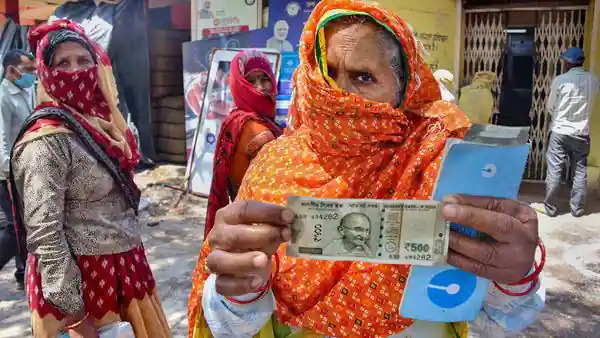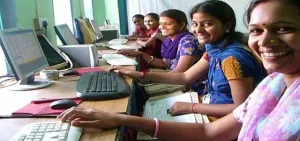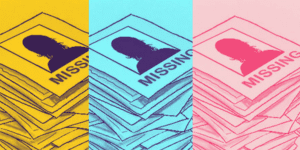The Finance Ministry released data on four occasions on the number of women account holders who were beneficiaries of the relief package under the PMGKY scheme. Three of these were press releases in the months of June 2020, September 2020 and August 2021 and one was a written reply given by the Minister of State for Finance, Anurag Singh Thakur, in Lok Sabha on 8th February, 2021. Each of these have a different number of beneficiaries of the relief package.
In March 2020, the government announced that 20.4 crore women account holders of the PMJDY would receive the Rs 500 a month package for three months. An update released in June 2020 stated that 20.05 crore account holders received the first instalment of the package, covering 98.3% of beneficiaries and a total disbursement of 10,029 crore rupees. The second instalment was given to 20.62 crore women account holders, with 100% coverage and a disbursement of 10,315 crore rupees. The update released by the finance ministry in September 2020, however, reveals that 20.65 crore women received the first instalment, 20.63 crores the second and 20.62 crores the third instalment, each time a 100% coverage. The second instalment beneficiaries between the June 2020 and September 2020 updates increased by over 1 lakh, even though the ministry stated that 100% beneficiaries were covered on both occasions.
The Minister of State for Finance, Anurag Singh Thakur’s reply to the Lok Sabha in February 2021 puts the number of account holders who received the package at 20.65 crores. If the numbers presented in the Lok Sabha are to be considered, two lakh and three lakh fewer women received the second (May 2020) and third instalments (June 2020) of the relief package.
District wise data obtained through RTI from MoRD states that 20,64,26,947 (20.64 crore), i.e 73,053 fewer women, received cash transfers under the PMGKY, which was treated as part of the Deendayal Antyodaya Yojana-National Rural Livelihoods Mission (DAY-NRLM).
A press note released by the Union Finance Ministry in August 2021 states that the Jan Dhan accounts have witnessed a three-fold increase from 14.72 crore in March 2015 to 43.04 crore in August 2021. 55% Jan-Dhan account holders are women. Yet, the government’s own periodic updates of beneficiaries of the relief package show a decline in the number of women account holders.
The total payouts of the package also show some discrepancies across the several updates released so far. The September press release states that 30,952 crore rupees have been disbursed so far. However, the August update released by the ministry of finance states that 30,945 crore rupees were transferred to women Jan Dhan account-holders – a difference of 7 lakh rupees.
These discrepancies apart, the amount disbursed by the government does not tally with the number of beneficiaries, even at its highest estimates. The Union Ministry of Finance’s estimate states that 20.65 crore beneficiaries were covered. At the promised package of 1500 rupees for 3 months, the government should have spent 30,975 crore rupees– a difference of 23 lakh rupees. This suggests that either fewer accounts were credited with the full amount of 1500 rupees or they were paid less than the promised amount





